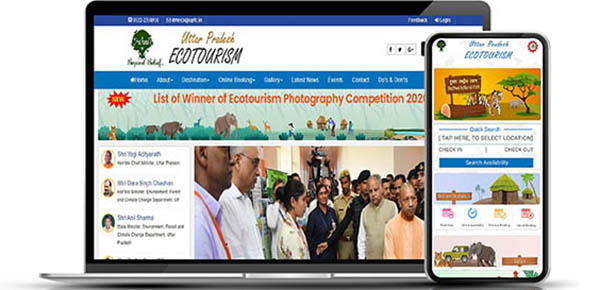Janshakti : Digitizing Workforce Management in the Directorate of Medical Education and Training Uttar Pradesh
Introduction
The department of medical education plays a pivotal role in developing medical and para-medical personal to cater to the health needs of the state. The department also has a role to play in establishment and maintenance of well-equipped teaching institutions, which are the premier referral centers from peripheral hospitals. Research is another area of activity for medical education department.
Problem Statement
The Third-party agencies were responsible for hiring outsourced employees, generating monthly bills, and managing attendance records manually, leading to fraudulent practices related to bill amounts, approvals, and attendance management. The need for a centralized system that digitizes these processes became evident.
Solution
To overcome the challenges, a comprehensive web and mobile application was developed, encompassing the following key features:
Online Registration and Contract Management
It enables medical colleges and hospitals to register and manage contracts with third-party agencies online without the need of physical paperwork.
Aadhaar-Based Authentication and Record Keeping
All Staff members authenticate their identity using Aadhaar, this ensures reliable and secure employment records.
Online Attendance Management
It Replaces manual attendance with a digital system for real-time and accurate records. The system also incorporates AI-based face recognition technology to verify the identity of staff members, preventing any fraudulent practices.
Online Wages Generation and Salary Tracking
The application Automates wages generation based on attendance and predefined pay scales, reducing errors. Staff can track their salary details.
Compliance with EPF and ESIC
Ensures full compliance with EPF and ESIC regulations, automating deductions and contributions, s reducing the administrative burden and ensuring compliance with statutory requirements.
Real-Time Attendance and Bill Verification
Supervisors and authorities can monitor attendance and verify bills in real time, enabling prompt action and preventing fraud.
Benefits and Outcomes
The implementation of the web and mobile application for workforce management in DGME Uttar Pradesh yielded several benefits:
Statistics
In the previous financial year, the following statistics were recorded for the digitization of workforce management in the Directorate of Medical Education and Training (DGME) in Uttar Pradesh:

The digitization initiative has been widely implemented across multiple medical colleges and hospitals under DGME. The large number of manpower appointments and bills and agreements generated through the centralized system demonstrate the scale and impact of the digitisation. The application has been successfully integrated into various entities under DGME, ensuring standardized and streamlined processes for workforce management.
Conclusion
The adoption of a web and mobile application to digitize workforce management in DGME Uttar Pradesh has significantly improved efficiency, transparency, and accountability. By automating processes such as attendance tracking, wage generation, and bill verification, the application has streamlined operations and reduced the likelihood of fraudulent practices. This case study serves as a testament to the power of digital solutions in transforming complex administrative tasks, optimizing resource utilization and promoting a more efficient healthcare system.



